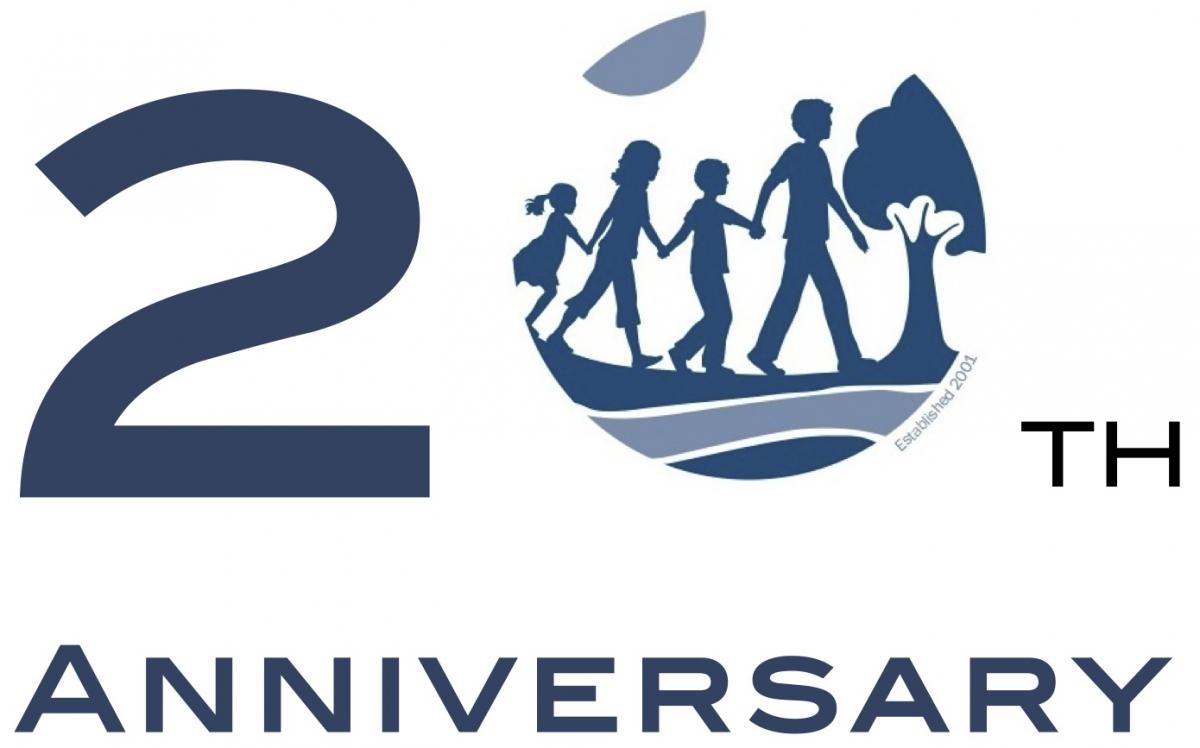Alone vs. Loneliness
In all of the research regarding this topic, it boiled down to this: Alone is a state of being and loneliness is a state of mind.
Let’s unwrap this a little. Alone is a state of being; something you physically are at that time and in that space. For example, if you are home by yourself, you are alone; if you are on a golf course with no one around, you are alone; and if you are at the office and everyone has gone home, you are alone. In each of these examples, being alone changes when another person enters the space you are in. When alone, you have the ability to change from being alone to not being alone simply by inviting someone into your space.
Loneliness is a state of mind, meaning an emotional state of being, or when we feel emotionally disconnected from the people around us. Let’s use the same examples as before. If you are home and the house is filled with family or friends but you don’t feel you can open up, you are feeling lonely; if you are on the golf course with 3 others in your group but feel disconnected, you are feeling lonely; if you are at an office Christmas party, surrounded by co-workers and no one wants to hear more than “fine” when asked “How are you?”, you are lonely
Loneliness is much harder to remedy, because of the complexity of feeling in sync with another human being. Loneliness is difficult to change because of our own resistance to being vulnerable and acknowledging these painful feelings. Finally, loneliness is challenging because of the skills required by two individuals to want to be emotionally connected.
Robin Williams once said, “I used to think the worst thing in life was to end up all along. It’s not. The worst thing in life is to end up with people that make you feel all alone.” Whether you are alone or lonely, it is worth your time and effort to process your state of being as well as your state of mind. Telling your story can only lead to a happier, healthier, and longer life.







